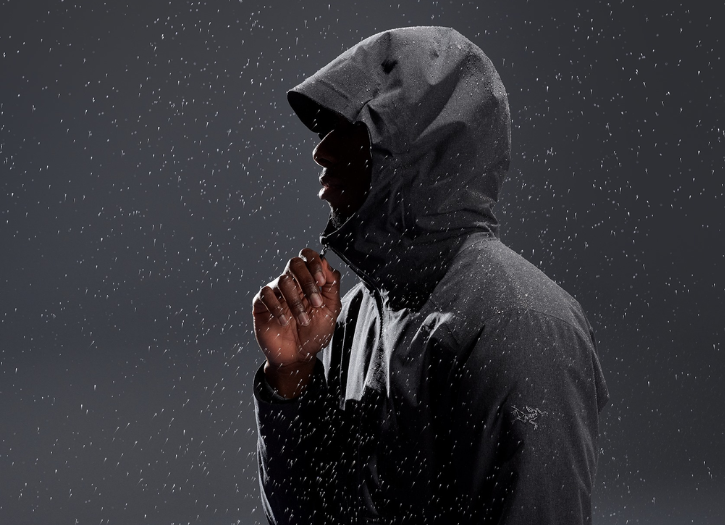Preparing for a cold-weather expedition requires careful consideration of the gear you’ll need to stay warm, dry, and comfortable in challenging conditions. From jackets and pants to gloves and boots, choosing the right cold-weather gear is essential for ensuring a safe and enjoyable outdoor experience. In this guide, we’ll share insider tips for finding the ultimate cold-weather gear for your next expedition, from selecting the right materials and features to considering layering and versatility. With these tips, you’ll be well-equipped to tackle whatever Mother Nature throws your way and make the most of your winter adventures.
Understanding Cold-Weather Materials
When shopping for cold-weather gear, it’s essential to understand the different materials used in construction and their performance characteristics. Look for garments made from high-quality materials such as Gore-Tex, eVent, and Polartec, which offer superior waterproofing, breathability, and insulation properties. These materials are designed to provide maximum protection from the elements while ensuring comfort and durability in cold conditions.
Prioritizing Warmth and Insulation
Insulation is key to staying warm in cold-weather environments, so it’s crucial to choose garments with adequate insulation for your needs. Down insulation offers excellent warmth-to-weight ratio and compressibility, making it ideal for extreme cold conditions. Synthetic insulation, such as PrimaLoft and Thinsulate, retains warmth even when wet, making it a better choice for wet or humid climates. Consider the temperature rating of the insulation and the specific needs of your expedition when selecting cold-weather gear.
Ensuring Waterproofing and Breathability
Waterproofing and breathability are essential features of cold-weather gear, especially in snowy or wet conditions. Look for garments with waterproof and breathable membranes such as Gore-Tex or eVent, which provide reliable protection from rain, snow, and moisture while allowing sweat vapor to escape. Proper waterproofing and breathability will keep you dry and comfortable throughout your expedition, preventing moisture buildup and potential hypothermia.
Evaluating Layering and Versatility
Layering is key to staying warm and comfortable in cold-weather environments, so it’s important to choose gear that offers versatility and compatibility with layering systems. Look for garments with adjustable features such as hoods, cuffs, and hemlines that allow for easy layering and customization based on changing weather conditions and activity levels. Additionally, consider the compatibility of your gear with other layers and accessories to ensure seamless integration and maximum versatility.
Assessing Durability and Weather Resistance
Durability and weather resistance are crucial considerations for cold-weather gear that will withstand the rigors of outdoor expeditions. Look for garments made from high-quality materials such as ripstop nylon, Cordura, and Gore-Tex Pro, which are durable, abrasion-resistant, and weatherproof. Additionally, consider features such as reinforced seams, waterproof zippers, and integrated gaiters for added protection against snow, wind, and moisture.
Finding the Right Fit and Comfort
The fit and comfort of your cold-weather gear are essential for ensuring a positive outdoor experience, so it’s important to prioritize garments that fit well and feel comfortable against your skin. Look for jackets, pants, and base layers with a tailored fit that allows for freedom of movement without being too tight or restrictive. Additionally, consider features such as articulated sleeves, gusseted underarms, and stretch panels for enhanced mobility and comfort during activities.
Considering Weight and Packability
Weight and packability are important factors to consider when selecting cold-weather gear, especially if you’ll be carrying it in a backpack or luggage. Choose garments that offer lightweight and compressible designs for easy packing and transportation, without sacrificing warmth or durability. Look for jackets and pants with minimalist designs and premium materials that provide maximum insulation and protection in a compact package.
Prioritizing Safety Features
Safety should always be a top priority when selecting cold-weather gear for outdoor expeditions, especially in remote or challenging environments. Look for garments with built-in safety features such as reflective accents, emergency whistle attachments, and helmet-compatible hoods for added protection during low-light conditions or emergencies. Additionally, consider accessories such as avalanche transceivers, GPS devices, and emergency shelters for additional safety measures.
Reading Reviews and Recommendations
Before making a final decision, take the time to research and read reviews from other outdoor enthusiasts who have tested the gear in real-world conditions. Websites, forums, and social media platforms are valuable resources for gathering unbiased feedback and insights from fellow adventurers. Pay attention to factors such as performance, durability, and overall satisfaction to make an informed decision about your cold-weather gear.
At Arc’teryx, we understand the importance of selecting the right gear for your outdoor adventures, especially in cold-weather environments. Our collection of cold-weather gear is meticulously designed and tested to provide superior performance, protection, and comfort in the harshest conditions. From insulated jackets and pants to gloves, hats, and accessories, each of our products is crafted with premium materials and innovative technologies to ensure maximum warmth, durability, and versatility.
Trying Before You Buy
Whenever possible, shop for new products and try on the gear before making a purchase to ensure the perfect fit and comfort. Visit a local outdoor retailer or attend gear demos and events where you can test out different garments and get expert advice from knowledgeable staff. Trying before you buy allows you to assess the fit, comfort, and performance of the gear in person, ensuring that it meets your expectations and requirements for your next expedition.







Add Comment